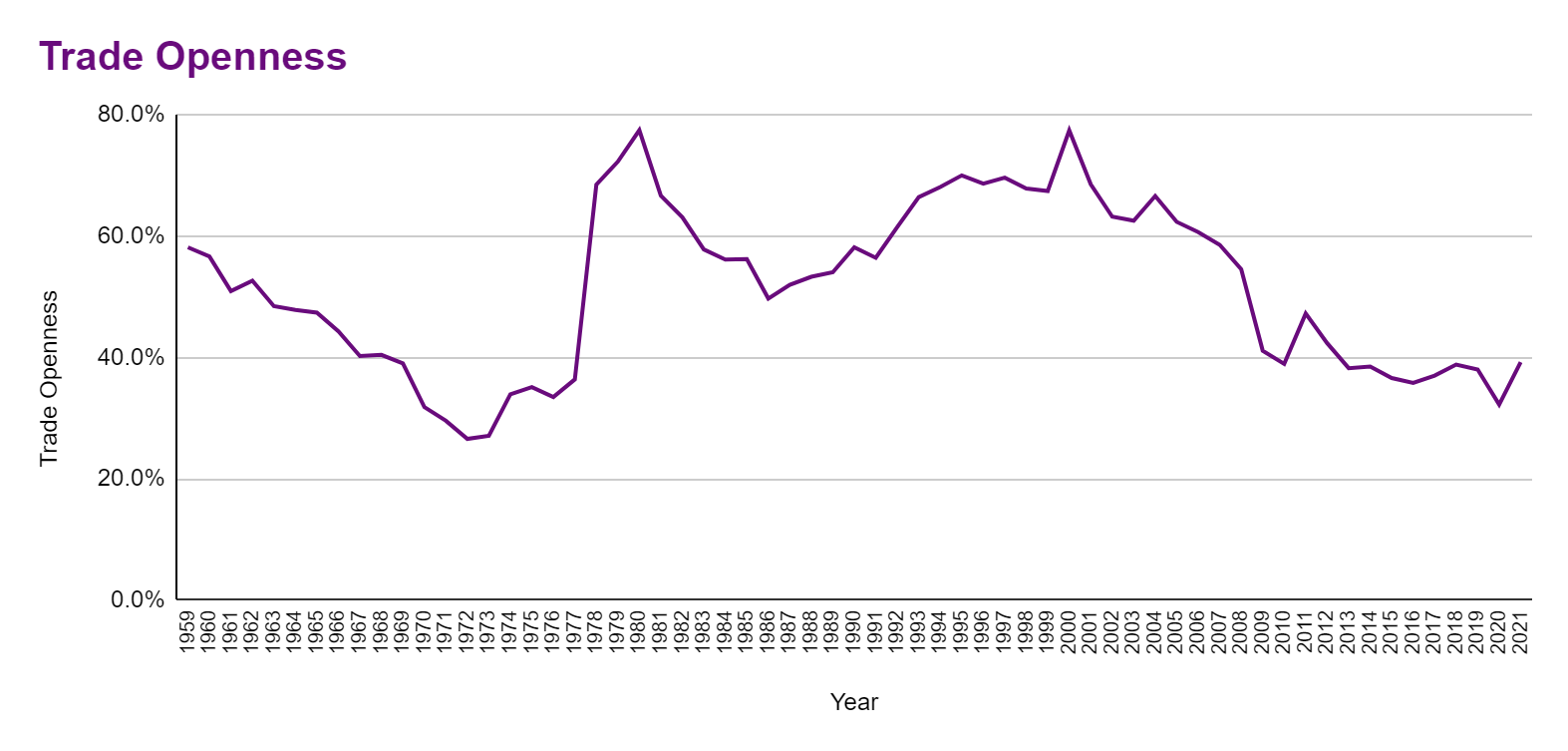Originally appeared on The Morning
By Dhananath Fernando
Regrettably, over the years, Sri Lanka's approach to development has primarily relied on aid and subsidies for its impoverished population. Many politicians have spoken about poverty, but they have often neglected to address its root causes. If our policies were centered on eradicating poverty rather than simply targeting the poor, our development framework could have evolved significantly.
As the adage goes, "there are no poor people, only poor places or countries." A recent report by LirneAsia revealed a startling increase in poverty numbers, rising from 3 million to 7 million people, pushing over 4 million individuals below the poverty line. If our long-standing strategies, such as fertilizer subsidies, Samurdhi, and fuel subsidies were on the right track, how did an economic crisis suddenly plunge 4 million Sri Lankans into poverty?
The ability to maintain strong international relationships and secure more aid has been considered a crucial qualification for candidates, during election cycles. Within the voting community, politicians offering the most substantial subsidy handouts are often perceived as popular leaders. While it is true that we need comprehensive international relationships in modern politics and must take care of our citizens, we must do so while keeping a development-oriented mindset at the core. Regrettably, development cannot rely solely on foreign aid, nor can we lift people out of poverty by offering aid exclusively to the poor.
This situation is not unique to Sri Lanka; it's a global phenomenon. No country has achieved development solely through aid programs. Instead, countries that have reached the development stage share strong institutions and reasonably functioning market systems as common denominators.
The primary focus of any government or political leader should revolve around two key conceptual frameworks:
Are we establishing institutions that promote a level playing field?
Are we encouraging a functioning market system?
Development is generally a bottom-up approach. People often know what's best for themselves better than politicians or leaders do. We simply need to provide them with opportunities in a competitive environment. Recently, I had the privilege of meeting a few small and medium-sized exporters. The entire system and processes seemed designed to hinder their export activities. Many exporters emphasized the difficulties they face when exporting in Sri Lanka, including challenges and harassment from government regulatory authorities, such as Sri Lanka Customs.
A prime example of our low export numbers is not only market access problems but the barriers within our own system that obstruct exports. One exporter from Kandy, specializing in vanilla exports, highlighted how customs consistently questioned HS codes and demanded repetitive documentation, causing him to spend more time on export processes than on developing his product and capacity. These challenges are consistent across the board for exporters, explaining why Sri Lanka's exports remain stagnant despite numerous committees, task forces, and chairpersons at the Export Development Boards.
Real change should start from the bottom by removing barriers for businesses and offering people the freedom to pursue their desired endeavors. Such reforms may not bring personal glory, as they empower individuals to make their own choices. In contrast, an aid-driven approach often results in leaders or countries seeking personal recognition through associated aid packages.
In Sri Lanka's case, we must remind ourselves that only we can make a difference and pull ourselves out of this crisis. While we need the support of international institutions like the International Monetary Fund and bilateral and multilateral creditors, they alone cannot rescue us from our predicament. It is only through economic reforms and the development of inclusive institutions that we can compete on a level playing field and extricate ourselves from this mess. Both small and large reforms are essential, and we must implement them swiftly and effectively.



